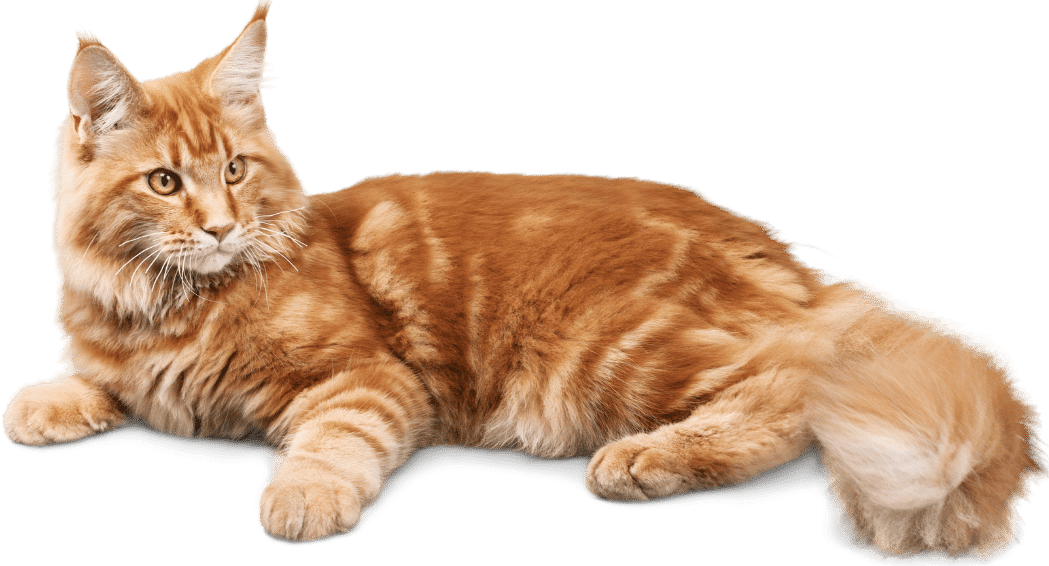Bloodhound Dog Breed: History, Traits, Care, and Price in India
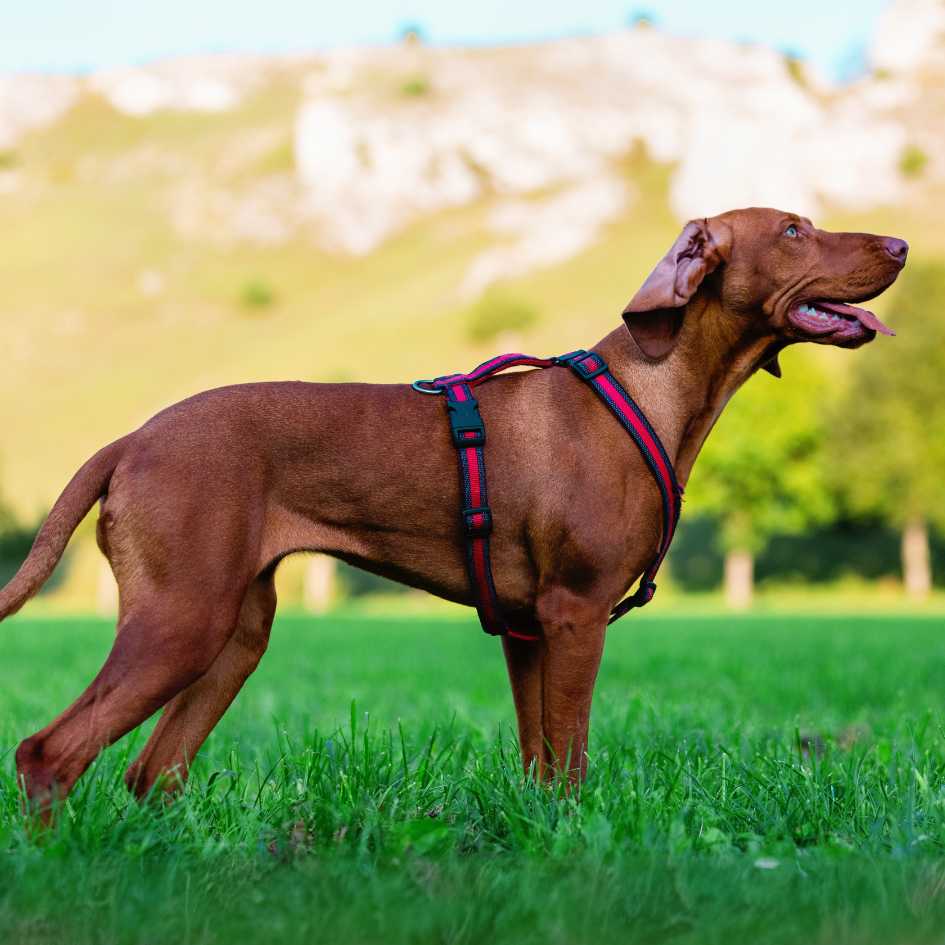
The Bloodhound is one of the most remarkable dog breeds known for its exceptional tracking abilities. With its long, droopy ears, wrinkled skin, and keen sense of smell, the Bloodhound has been a favorite among hunters, law enforcement agencies, and dog enthusiasts. This breed is not just an expert tracker but also a loyal and affectionate family companion. While Bloodhounds are not commonly seen in India, their popularity is slowly growing due to their unique abilities and friendly temperament. This guide will cover everything you need to know about the Bloodhound, including its history, characteristics, care requirements, and price in India.
History and Origin of Bloodhound Dog
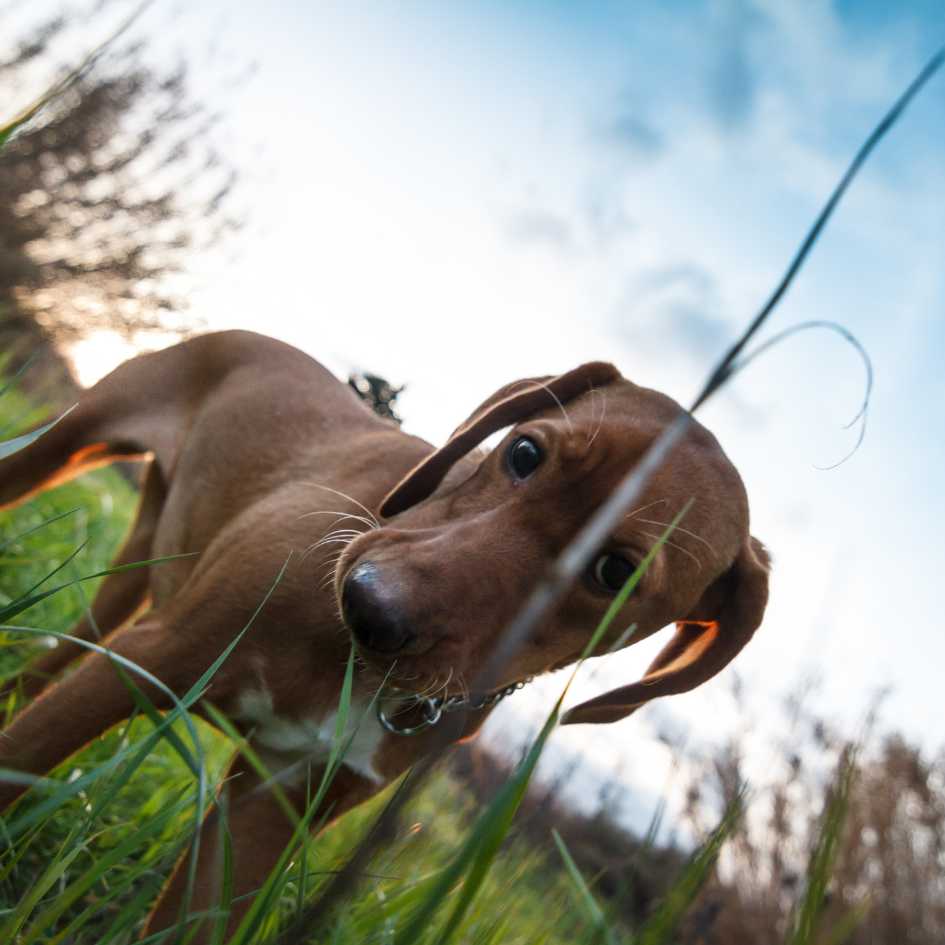
The Bloodhound has a rich history that dates back to ancient times. Its origins can be traced to medieval France and Belgium, where it was initially bred by monks in monasteries. The breed was primarily used for hunting large game such as deer and wild boars. Later, Bloodhounds were recognized for their unmatched ability to track scents over long distances, making them valuable assets in locating missing persons and criminals.
- The breed was later refined in England, where it gained popularity for its scent-tracking skills. Bloodhounds have been widely used by police and search-and-rescue teams around the world. Despite their serious working abilities, they are also known for their gentle nature and strong bond with their human families.
Physical Characteristics
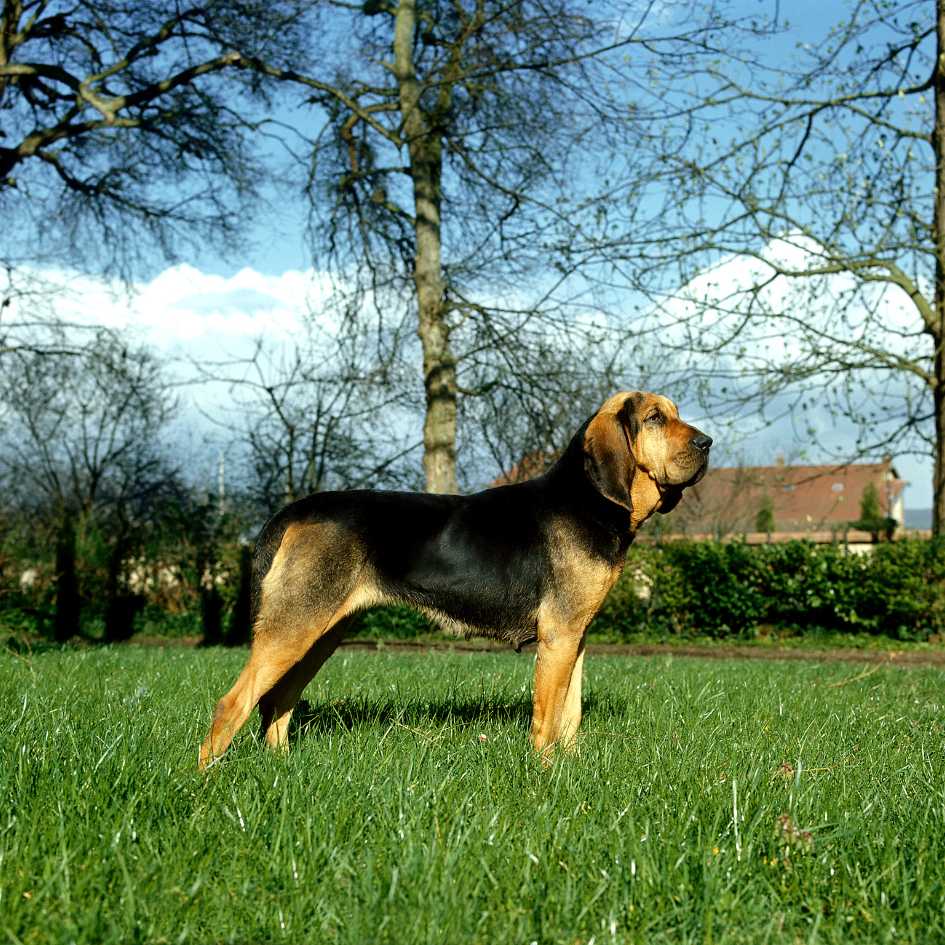
The Bloodhound is a large and powerful breed, known for its distinctive appearance. Males typically weigh between 40-58 kg, while females range from 36-45 kg. They stand tall at 58-69 cm for males and 53-64 cm for females. One of the breed’s most striking features is its long, drooping ears and deep-set eyes, which give them an expressive and soulful look.
- Their skin is loose and wrinkled, especially around the face and neck, which helps trap scents while tracking. Bloodhounds have a short, dense coat that comes in various colors, including black and tan, liver and tan, and red.
Temperament and Behavior
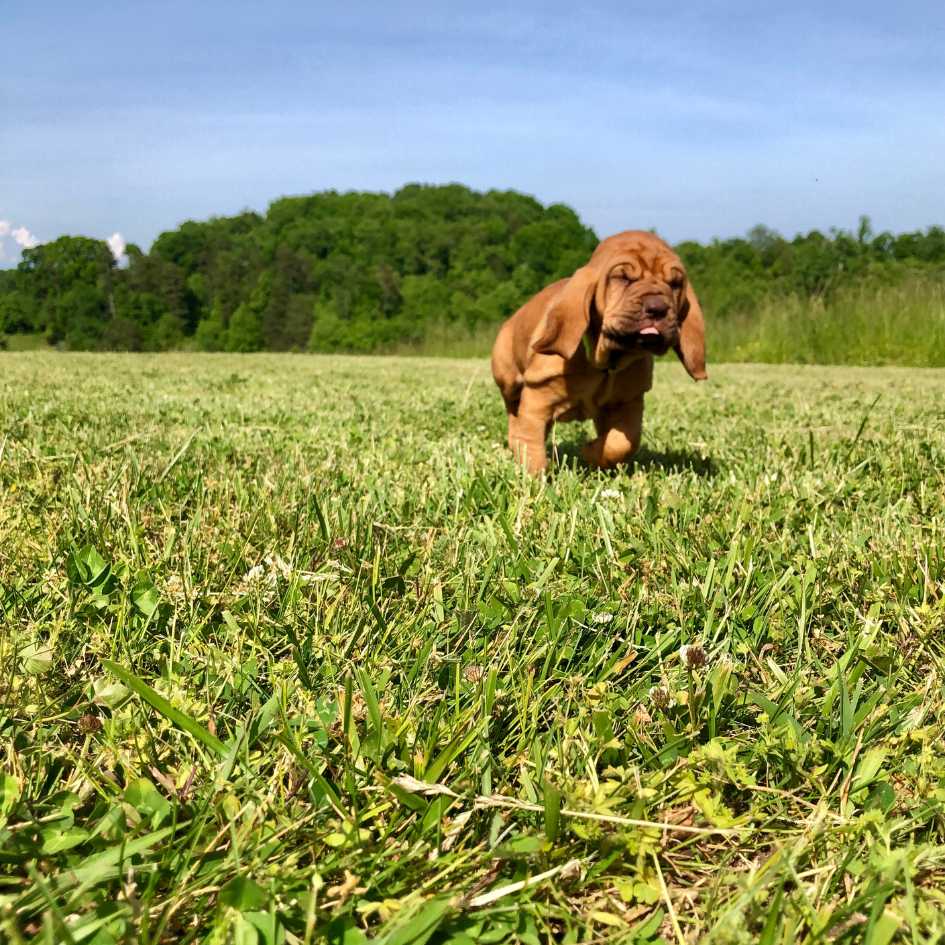
Bloodhounds are known for their gentle and affectionate nature. Despite their large size, they are friendly and social dogs that get along well with children and other pets. They have a calm demeanor and are highly patient, making them excellent companions for families. However, Bloodhounds are also known for their independent and sometimes stubborn nature, which can make training a challenge.
- As scent hounds, they are driven by their noses and may become completely engrossed in following a trail. This means they require a secure environment with fenced boundaries to prevent them from wandering off. While they are not aggressive, Bloodhounds do need proper socialization from an early age to ensure they develop into well-behaved adults.
Training and Exercise
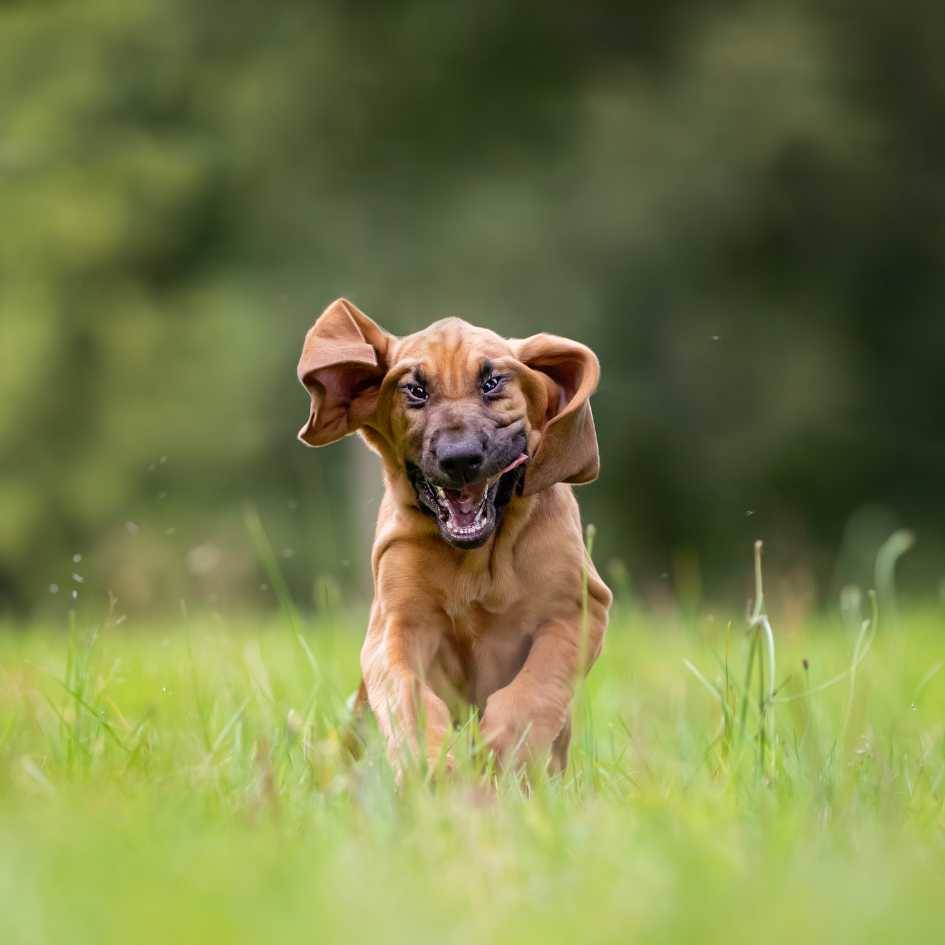
Training a Bloodhound requires patience and consistency. Due to their strong scent-tracking instinct, they may become easily distracted, making recall training essential. Positive reinforcement techniques, such as treats and praise, work best with this breed. Early obedience training and socialization are necessary to prevent stubborn behavior.
- Bloodhounds have high energy levels and require regular exercise to stay fit and healthy. Daily long walks, playtime, and scent-tracking activities help keep them mentally stimulated. Since they are working dogs, they enjoy engaging in activities that challenge their sense of smell, such as scent-based games or tracking exercises.
Grooming and Maintenance

Bloodhounds have a short coat that is relatively low-maintenance. Regular brushing once or twice a week helps remove loose hair and keeps their coat in good condition. However, their long ears require special attention, as they are prone to infections. Cleaning their ears weekly and checking for signs of infection is essential. The folds of their skin also need to be cleaned regularly to prevent moisture buildup and skin infections.

- Bathing should be done only when necessary, as frequent washing can strip natural oils from their skin. Regular nail trimming, teeth brushing, and eye care are also important aspects of their grooming routine.
Common Health Issues
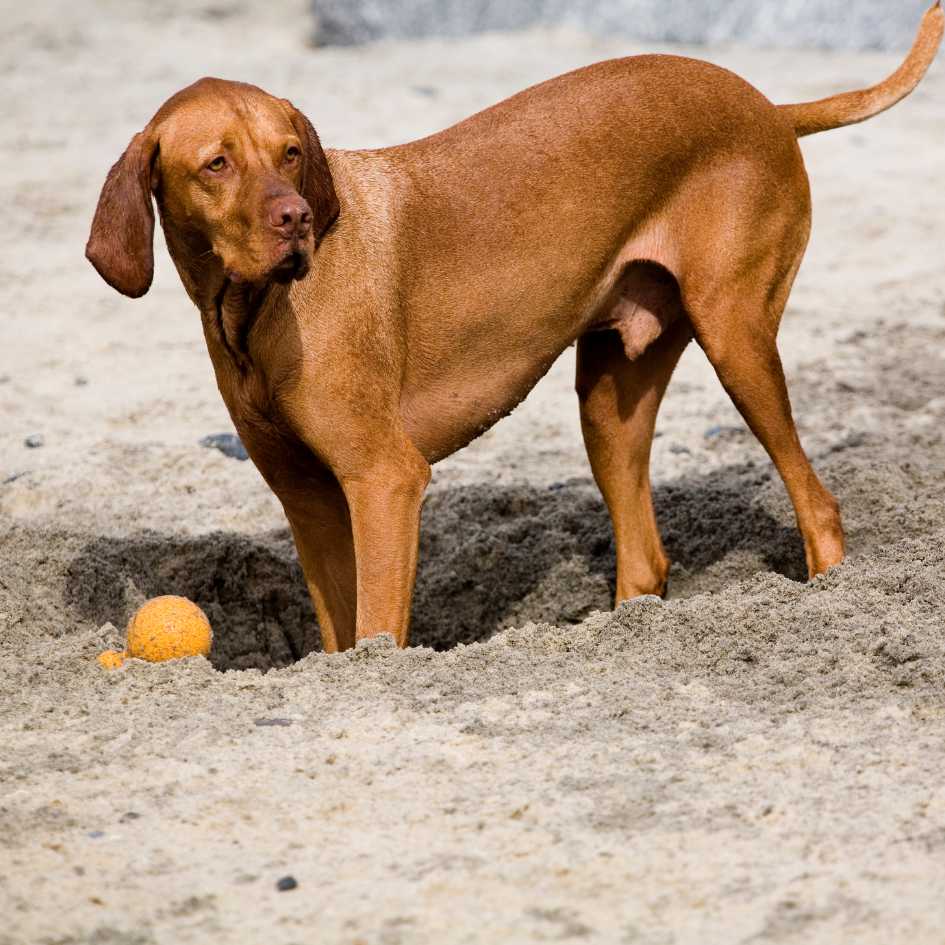
Like all breeds, Bloodhounds are prone to certain health conditions. One of the most serious concerns is bloat (gastric torsion), a life-threatening condition that requires immediate medical attention. They are also prone to hip dysplasia, a genetic condition that affects the joints, leading to discomfort and mobility issues. Ear infections are another common problem due to their long ears trapping moisture and debris. Skin issues can arise if their wrinkles are not properly cared for.
- Routine vet checkups, a balanced diet, and regular exercise can help prevent many of these health problems and ensure a long, healthy life for your Bloodhound.
Diet and Nutrition
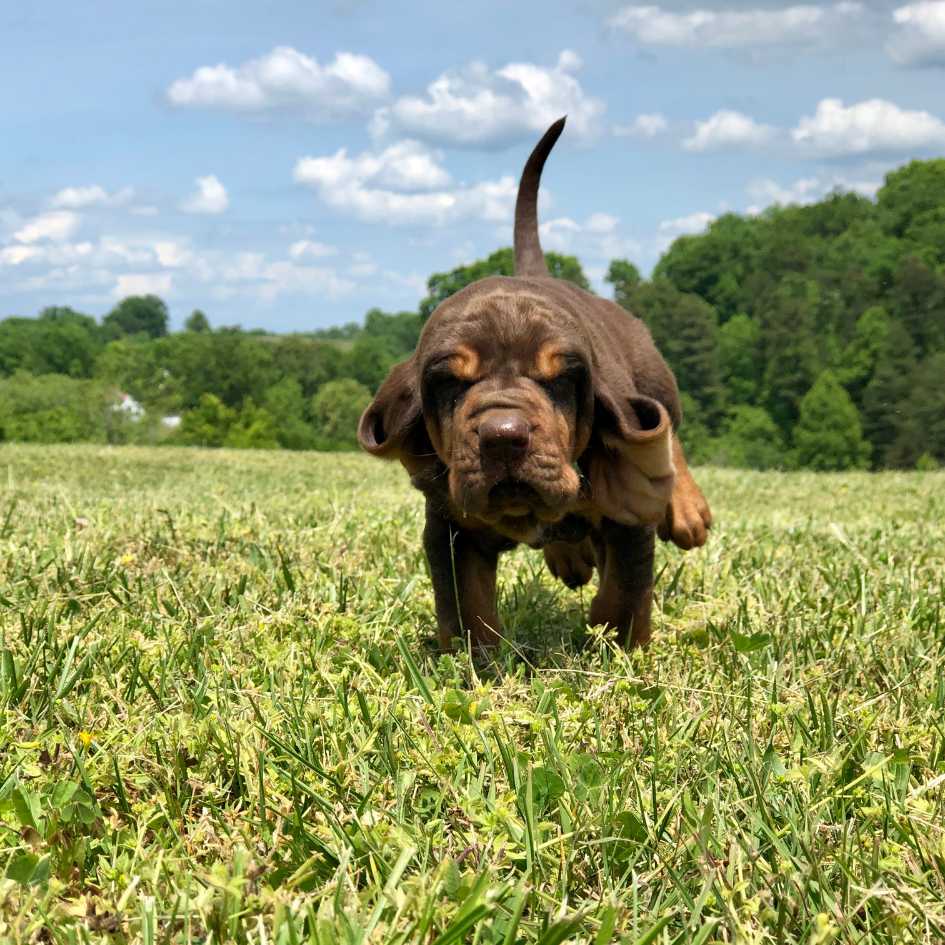
A well-balanced diet is crucial for a Bloodhound’s overall health. A diet rich in high-quality protein, healthy fats, and essential vitamins and minerals is necessary to support their active lifestyle. Dry kibble, raw diets, or home-cooked meals can be suitable options, depending on the owner’s preference. However, it is essential to avoid overfeeding, as Bloodhounds are prone to obesity.

- Feeding them in smaller portions multiple times a day can help prevent bloating. Fresh water should always be available to keep them hydrated.
Bloodhound Price in India
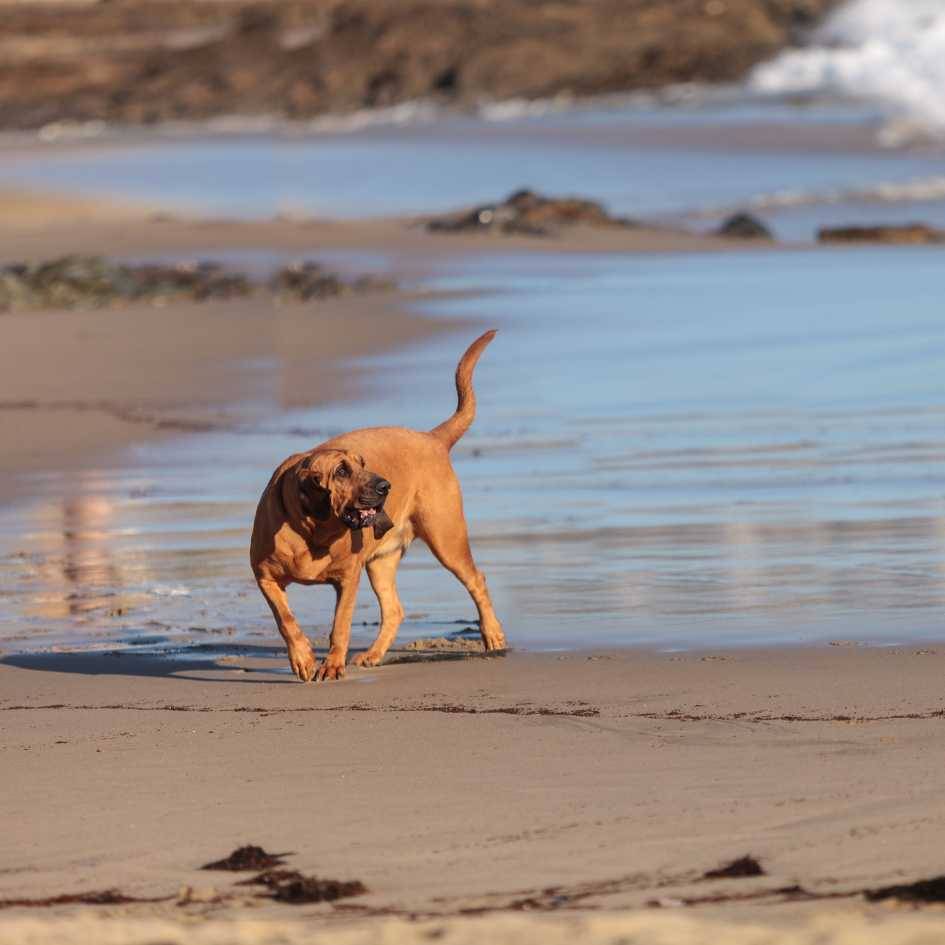
Bloodhounds are not a common breed in India, and their price varies depending on several factors, such as breeder reputation, lineage, and location. On average, a Bloodhound puppy in India costs between ₹10,000 and ₹1,50,000. Imported or show-quality Bloodhounds may cost even more. Before bringing one home, additional expenses such as vaccinations, food, grooming, and medical care should also be considered.
Is a Bloodhound the Right Dog for You?
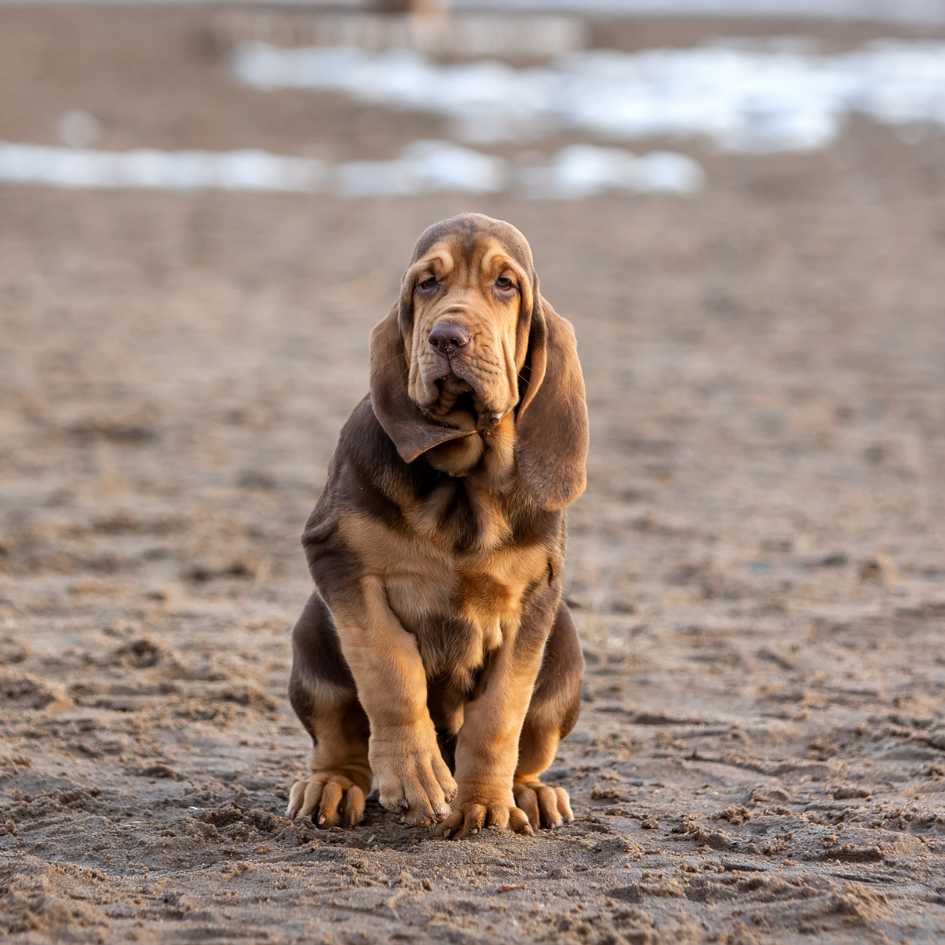
Before deciding to bring a Bloodhound into your home, it’s important to consider whether their characteristics align with your lifestyle. Bloodhounds require ample space, regular exercise, and dedicated training. They thrive in homes with large yards and active owners who can meet their physical and mental needs.
- While affectionate and friendly, bloodhounds’ independent nature and high energy levels may not be suitable for first-time dog owners. Those looking for a low-maintenance or apartment-friendly breed may find Them too demanding.
Conclusion
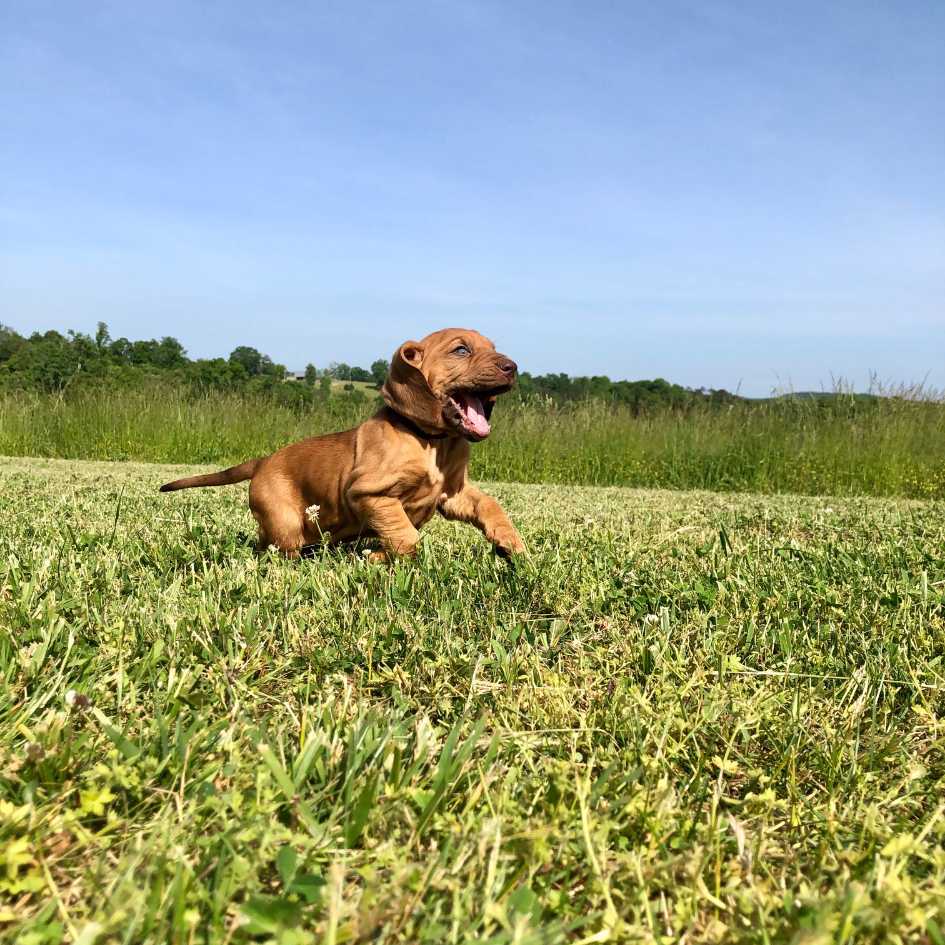
The Bloodhound is a fascinating breed with an impressive history and extraordinary tracking abilities. Their loyal and affectionate nature makes them wonderful family pets, but they require proper training, exercise, and care to thrive.
- If you are considering getting a Bloodhound in India, be prepared for the responsibilities that come with owning such an energetic and intelligent breed. With the right care and attention, a Bloodhound can be a loving and devoted companion for years to come.


